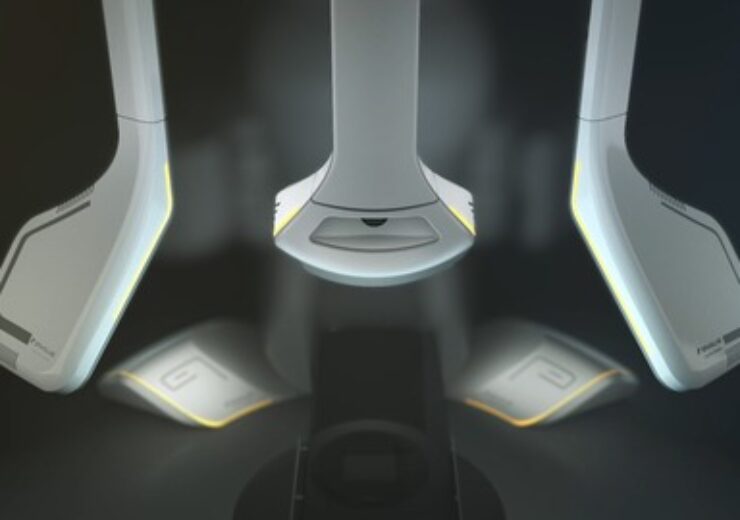Brainlab DIBH workflow is CE marked, FDA cleared and a well-established technique and standard of care in treating breast cancer with radiation therapy

ExacTrac Dynamic enables precision positioning and monitoring of radiotherapy treatments for a wide range of clinical indications. (Source: Brainlab)
German medical technology company Brainlab announced the first patient treatment with its new Deep Inspiration Breath Hold (DIBH) technology at UZ Brussel university hospital.
The technology intends to streamline image-guided and surface guided radiation therapy (IGRT and SGRT) and deliver the highest quality of care for breast cancer patients.
Brainlab said that its DIBH workflow is CE marked, FDA-cleared and a well-established technique and standard of care in treating breast cancer with radiation therapy.
The technology uses a traditional surface tracking methodology with a thermal signature to reduce ambiguities.
The addition of synchronised X-ray images to the workflow improves the accuracy and clinician confidence by incorporating insights acquired from internal bone anatomy, said the medical technology firm.
Brainlab president and CEO Stefan Vilsmeier said: “The incorporation of ‘on-the-fly’ X-Ray confirmation streamlines the process and delivers the confidence that the heart is outside of the treatment beam.
“This solution delivers correlation between internal and external anatomy in one shot, revealing any misalignment that would otherwise remain undetected and could result in delivering excess dose to the heart.
“Partnering with UZ Brussel on new technologies demonstrates our combined interest in expanding personalised digital treatment innovation to other indications requiring high precision radiotherapy.”
Earlier this month, UZ Brussel validated the technique and presented results at the Novalis Circle Symposium at ESTRO.
Through “on-the-fly” X-Ray confirmation, the research shows that Brainlab ExacTrac Dynamic DIBH speeds the process and boosts location confidence.
Internal anatomy verification at the breath hold level might boost confidence in dosage sparing of vital structures like the heart.
In February last year, the company secured approval from the US Food and Drug Administration (FDA) for its Loop-X mobile imaging robot and Cirq robotic surgical system for the spine.
In 2020, Brainlab installed a new ExacTrac Dynamic Patient Positioning and Monitoring devices at UZ Brussel.
